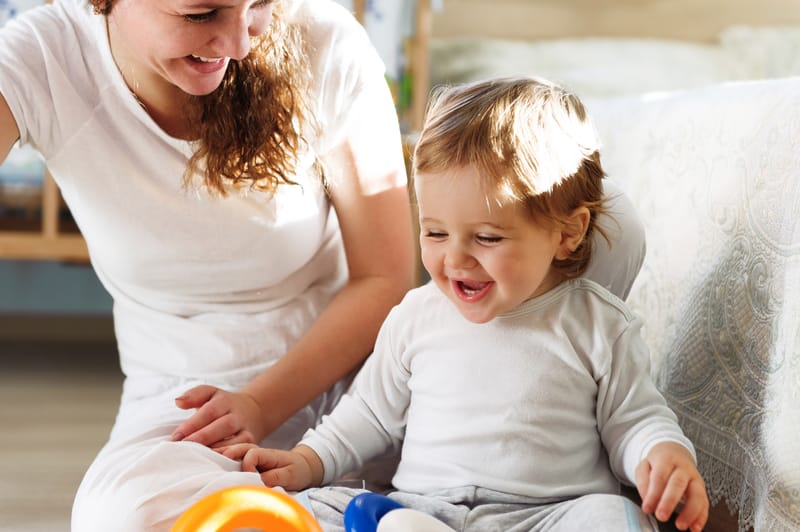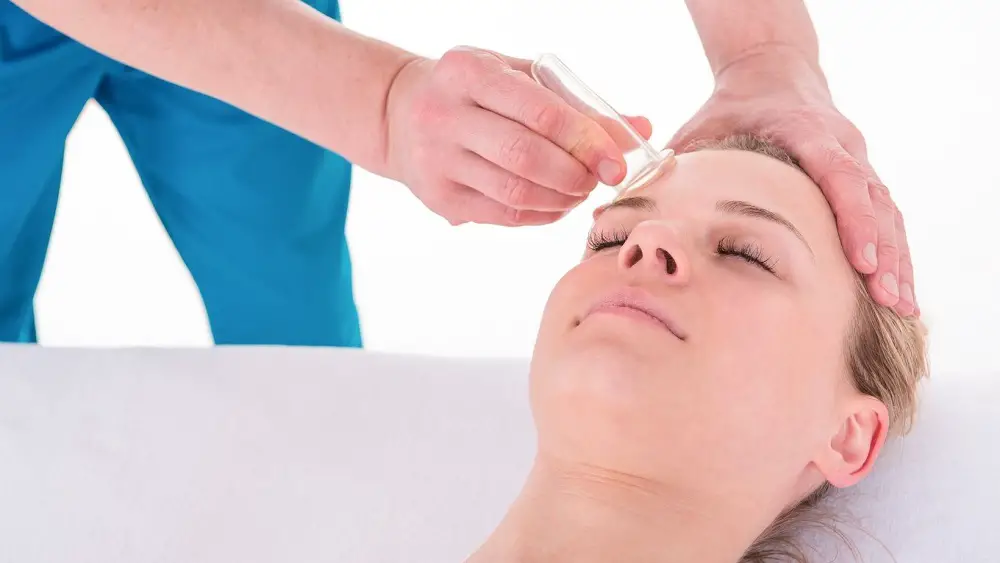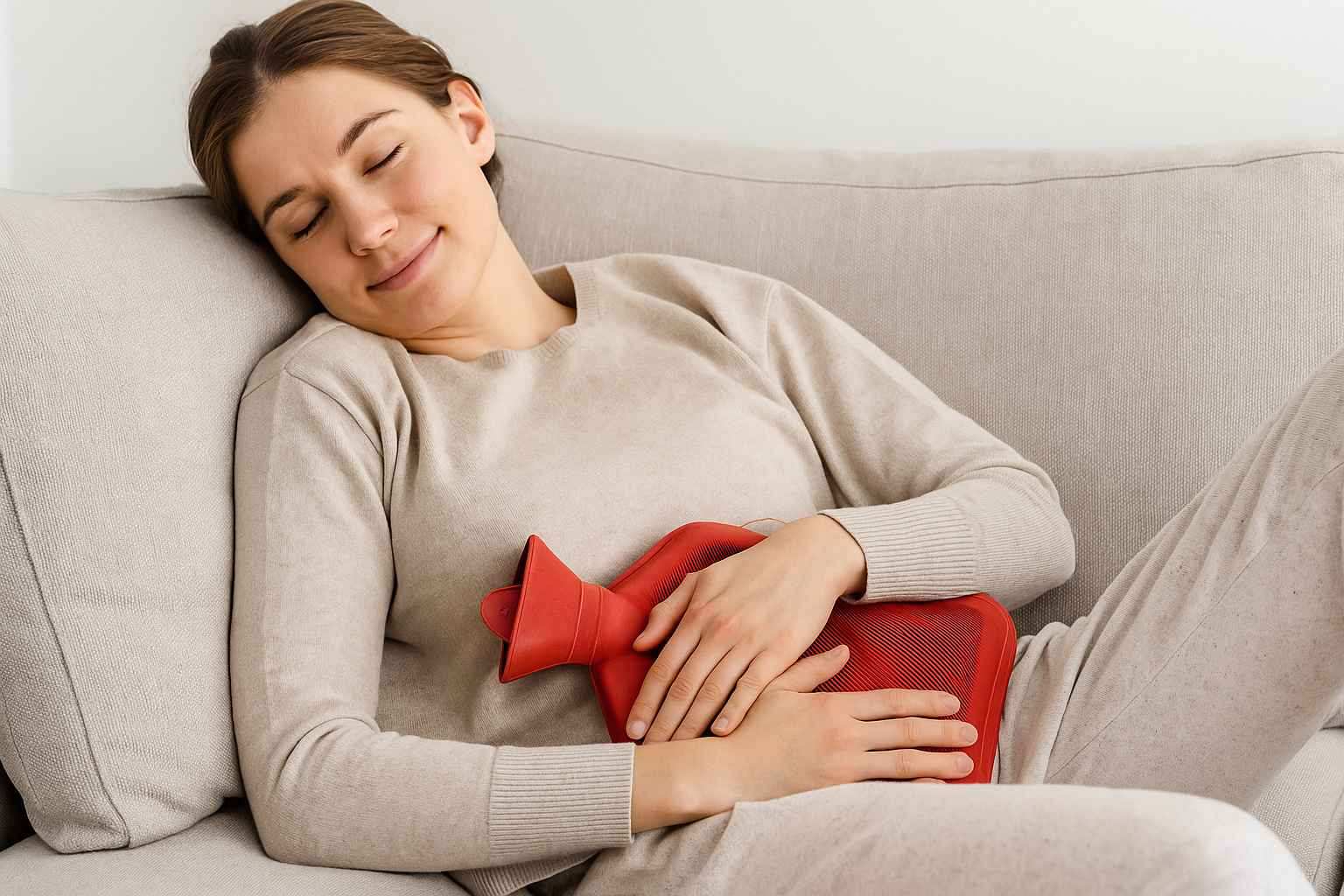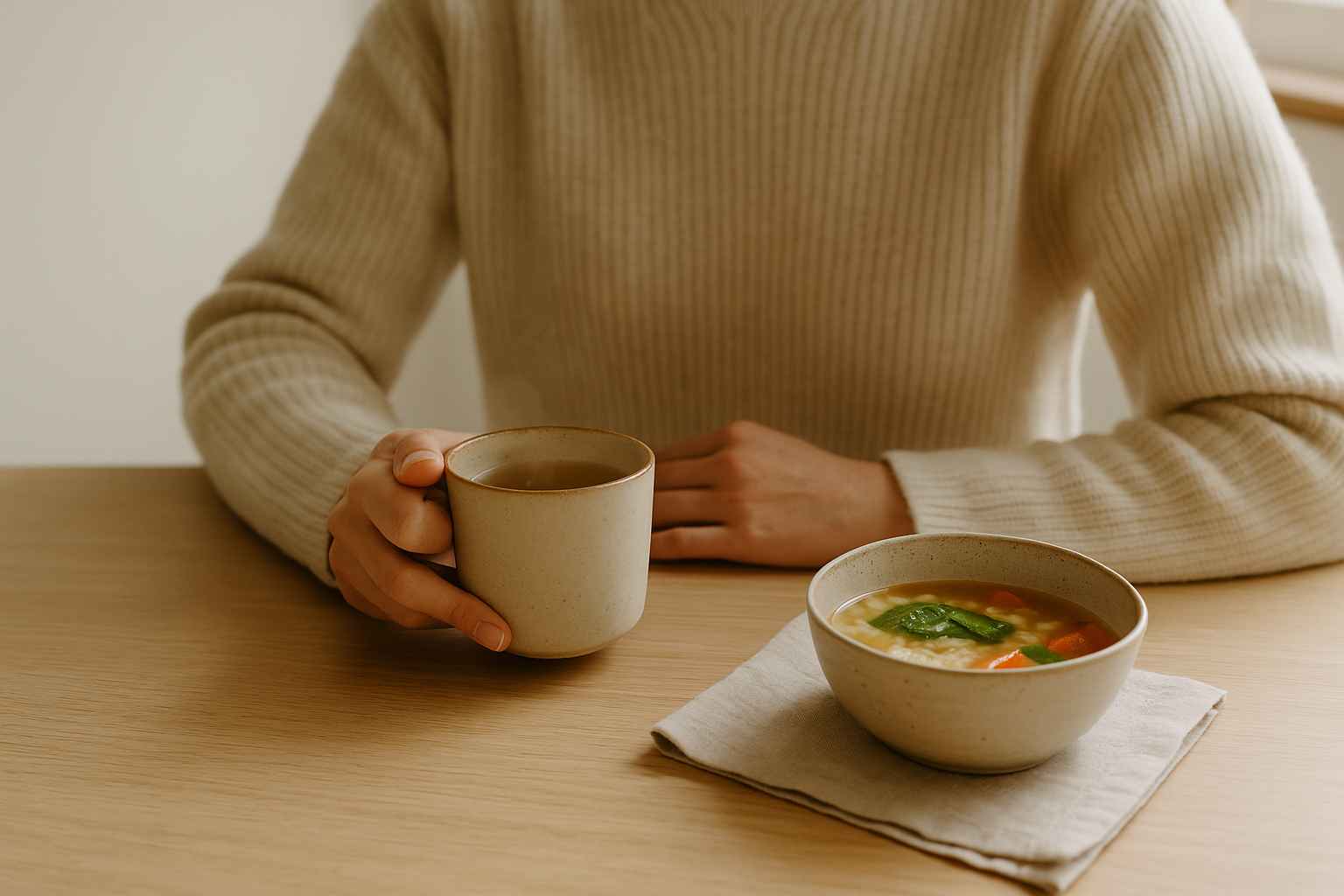When I had my first baby, a boy, I couldn’t contain my happiness. It was the second-best thing to happen to me after marriage. However, after the first few months of taking care of my baby, I became frustrated. If my baby wasn’t crying, he was yawning, rubbing his eyes, or tugging his ears. He was all too restless and wouldn’t sleep. No calming therapy I tried worked until I came across the calming pressure points on babies.
Babies can’t talk, so their restlessness is simply them trying to communicate to you that they have a problem. Unfortunately, not many of us were taught to understand these signs before we had our first baby. I had to learn that the reason my baby wouldn’t sleep when I wanted him to was either because he couldn’t tell night from day, he was hungry, he needed all my attention, he was too excited, or he wasn’t feeling well.
Until I learned how to calm my baby and bring him to sleep using acupressure, especially after I’ve identified and catered to his needs, I would always run to my mom for help. If this is also your story, let me change it for you.
In this article, I’ll show you the relaxing pressure points for babies to bring them to sleep or treat common health problems like colic, diarrhea, loss of appetite, and cough.
Is It Safe To Use Acupressure Treatment On Your Child?

Acupuncture and acupressure therapy aren’t new when it comes to their usage in adults. Not only is it safe for adults, but it is also effective. Babies are tender, you may say, and it could be difficult to imagine that they have well-developed pressure points. The truth is that they do, and acupressure therapy is as safe and effective in them as it is in adults.
There are studies to back the use of acupuncture therapy on infants. One such research studied ten infants. Seven of these babies had agitation issues; two were having difficulties in feeding, and the last one was experiencing both symptoms. For eight of these babies with agitation issues, the researchers reduced the sedatives and analgesic medication given to them while administering acupuncture therapy. In the end, they discovered that the babies tolerated acupuncture therapy. It was safe and free from complications.
The second study was conducted on a 3-month-old boy who regularly had screaming attacks, restlessness, and agitation. The researchers administered body and ear acupuncture to the baby as supportive therapy in addition to hypnotic drugs. In the end, they found that acupuncture therapy administered by a trained acupuncturist can relieve infants of pain and agitation.
Now, let’s discuss the acupressure points your baby needs to relax.
Acupressure Points For Sleep
It’s heartwarming to see your baby active but devastating when he/she wouldn’t get some sleep. Here are the pressure points to calm a child to sleep.
Acupoint: EM-13 (Other Names: An Mian)
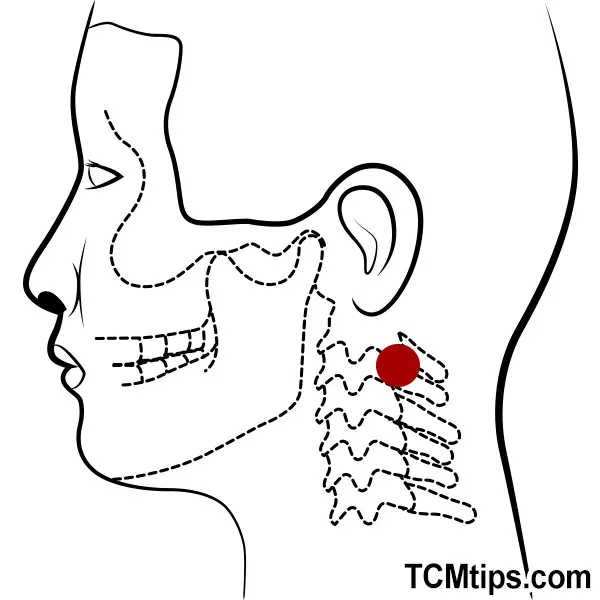
The first pressure point to soothe your baby is EM-13. In Chinese, this pressure point is called Anmian, which translates to Peaceful Sleep. Peaceful sleep is located slightly behind the protruding bone at the back of your baby’s earlobe, close to his hairline.
True to its name, EM-13 has a relaxing effect on babies that puts them sweetly to sleep. It is this way because in Traditional Chinese Medicine (TCM), EM-13 functions as a calmer of the liver and Shen.
So, to put your baby to sleep using this acupoint, first, place your baby’s head in your palm. Then, gently stroke the pressure point with your fingers until your baby goes to sleep. Continue stroking the acupoint for some minutes after your baby is asleep in your laps.
Acupoint: ST-36 (Other Names: Stomach-36/Zu San Li/Leg Three Miles)
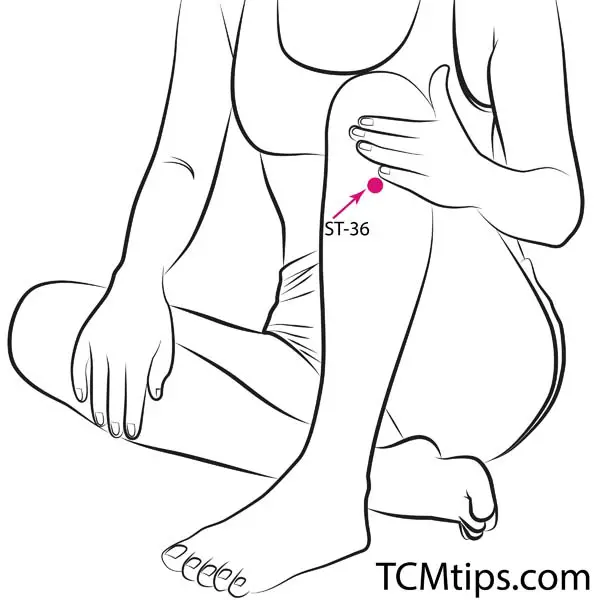
ST-36 is the next of the calming pressure points on babies. It is a stomach meridian acupoint located on the leg that helps put your baby to sleep. Zusanli, as it is called in Chinese, is located at the outer border of your baby’s lower legs, in a depression four fingers below the knee.
While ST-36 puts your baby to sleep, it also helps indigestion and abdominal pain. The reason for this is that ST-36 activates the stomach meridian, strengthens the stomach and the sleep, and calms the Shen. It is the acupressure for shaky hands.
To activate this acupoint in your baby, use your middle finger to locate and stimulate the acupoint. Doing this will produce melatonin that helps your baby to sleep easier. Avoid pressing the acupoint strongly as the acupoint meridians as not as developed in babies as they are in adults. So, rub and press lightly with your fingertips for a long time until you see that your baby doesn’t like it anymore.
Acupoint: GV-20 (Other Names: The Governing Vessel-20/Bai Hui/Hundred Convergence)
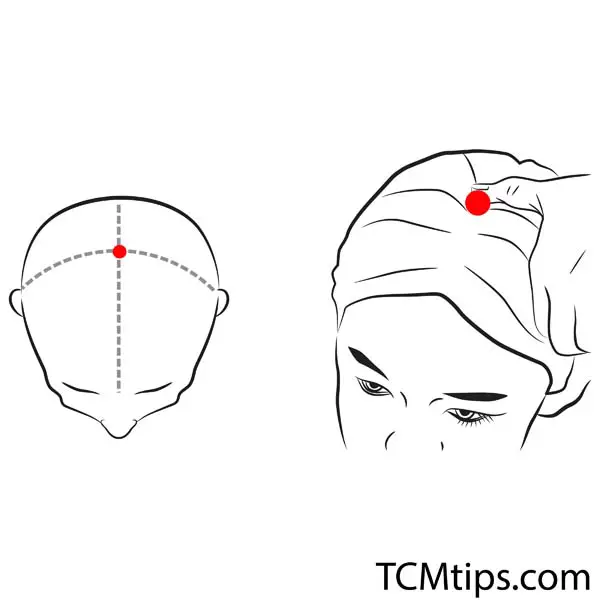
GV-20, Bai Hui, or a Hundred Meetings is another of the pressure points to soothe your baby to sleep. It is located at the top center of your baby’s head. GV-20 is so important because it is the point where all the energies in the body meet.
In TCM, Bai Hui is the point where the bladder, gall bladder, liver channels, and triple energizer meet. Hence, it is responsible for extinguishing the liver wind, lifting fallen yang Qi, and discharging heat in the yang channel. This is why GV-20 is used clinically to treat dizziness and nasal congestion, in addition to putting your baby to sleep. It is also part of nausea and headache acupressure points.
Acupressure Points For Colic
Colic is acute abdominal pain in infants. When your baby gets restless and won’t sleep, it could be a result of colic. These are the pressure points that’d come to your rescue in this case:
Acupoint: Ren-15 (Other Names: The Conception Vessel-15/Jiu Wei/Bird Tail)
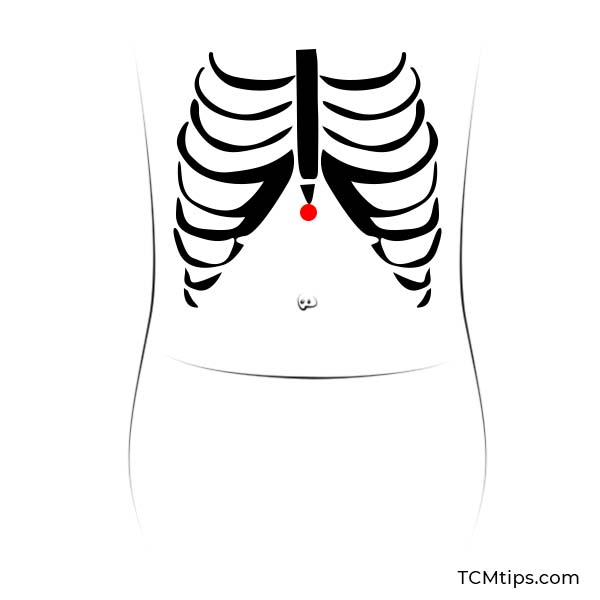
Acupressure point Ren-15 is the first acupoint you want to massage when you notice that your child has colic. It is located in the middle part of the upper belly, slightly below the point where your baby’s left and right ribs meet.
Jiuwei, as it is called in Chinese, is responsible for opening the chest, regulating the heart, calming the Shen, and subduing rebellious Qi. These reasons, in addition to its location on the body, make it suitable for treating colic in infants as well as chest pain and night cry. It is also one of the acupressure points for hiccups.
The best way to activate Ren-15 is to gently stroke the entire stomach of your child, while your middle finger stays close to the epigastrium, the location of the acupoint. Avoid pushing too hard at this point, and try not to stimulate Ren-15 in your baby while your baby is eating or after breastfeeding. Doing this will lead to regurgitation.
Acupoint: ST-25 (Other Names: Stomach-25/Tian Shu/Celestial Pivot)
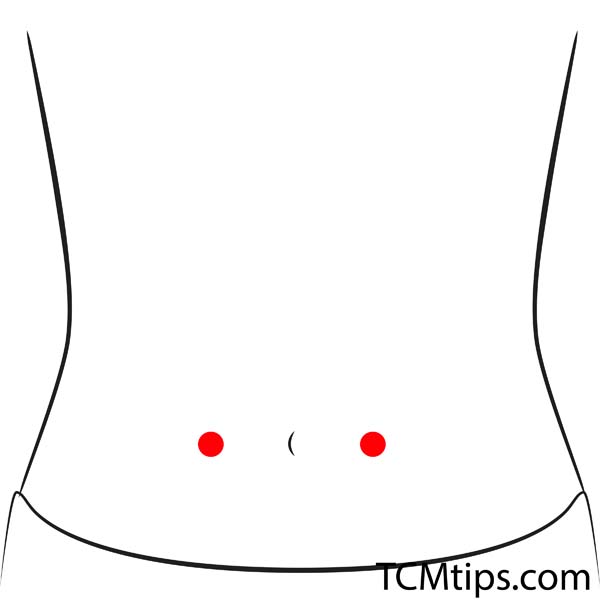
Another acupoint to consider when your baby has colic is ST-25. This stomach meridian acupoint, referred to as Tianshu in Chinese, is located at the stomach. It is two fingers away from your baby’s belly button on both the left and right sides.
The function of ST-25 in TCM is to regulate the spleen, intestines, and stomach as well as the blood and Qi. Tianshu’s location, in addition to its function, makes it the ideal pressure point for treating abdominal pain as well as constipation and dysentery.
You can also check out these 10 best acupressure points for weight loss.
Acupressure Points For Diarrhea
Diarrhea is a common issue in infants that can cause them to become restless. When this happens, use the following acupoints:
Acupoint: Ren-12 (Other Names: The Conception Vessel-12/Zhong Wan/Middle Epigastrium)
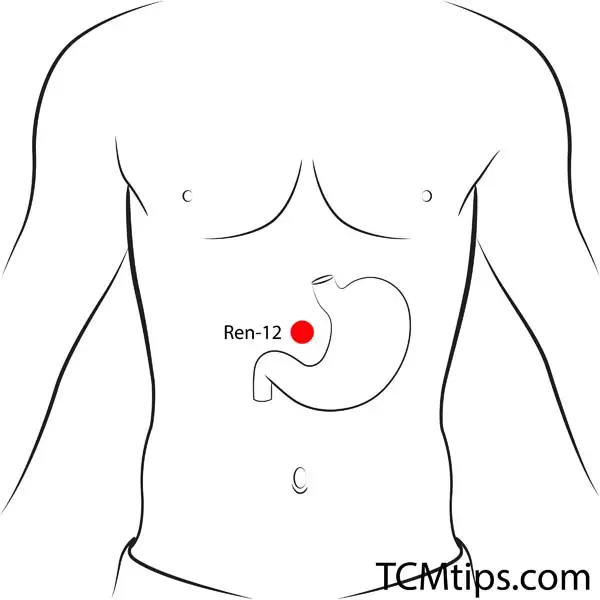
Ren-12, Zhongwan, or Middle Epigastrium is one of the pressure points to soothe babies with diarrhea. It is located at the upper part of the stomach, on the centerline, midway between your baby’s navel and the junction where the left and right ribs of your baby meet.
The function of Ren-12 in TCM is to give strength and harmony to both the spleen and stomach, relieve pain in the region, and resolve dampness. This is why this acupoint is not only effective for diarrhea but also epigastric pain, vomiting, and insomnia. You can also use, Ren-12 as one of the acupressure points for chest pain.
Like the other acupoints, to activate the healing benefits of this pressure point, locate it and apply gentle pressure on it.
Acupoint: BI-20 (Other Names: Urinary Bladder-20/Pi Shu/Spleen Transporter)
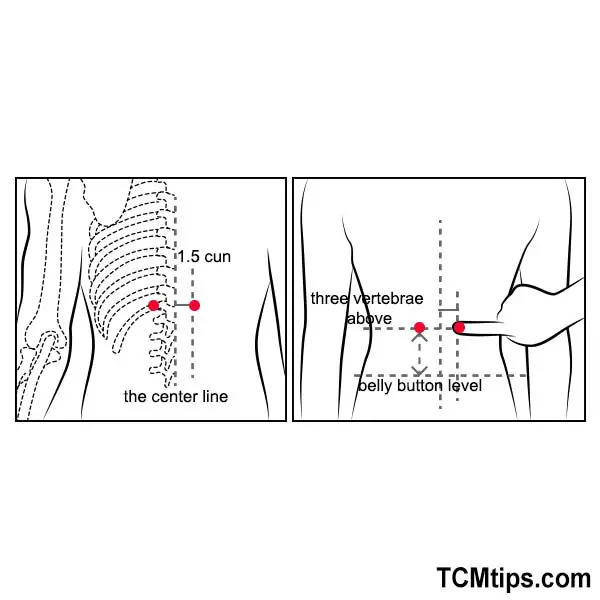
Bl-20 is the next acupressure point that relieves diarrhea in babies. It is called Pishu in Chinese, which translates to Spleen Shu in English. This bladder pressure point is located at the back of your baby, one and a half finger-width away from the 11th thoracic vertebra laterally, on both the left and right side.
In TCM, Bl-20 is responsible for taking care of the spleen and the stomach. It regulates their Qi, nourishes the blood, and resolves dampness in the bladder meridian. It is for this reason that the pressure point is best suited to treating diarrhea, in addition to vomiting, abdominal distention, and issues involving blood in your baby’s stool.
Acupressure Points For Loss Of Appetite
Has your baby failed to eat? Not to worry, just massage the acupoint below!
Acupoint: Ren-17 (Other Names: The Conception Vessel-17/Shan Zhong/Middle of the Chest)
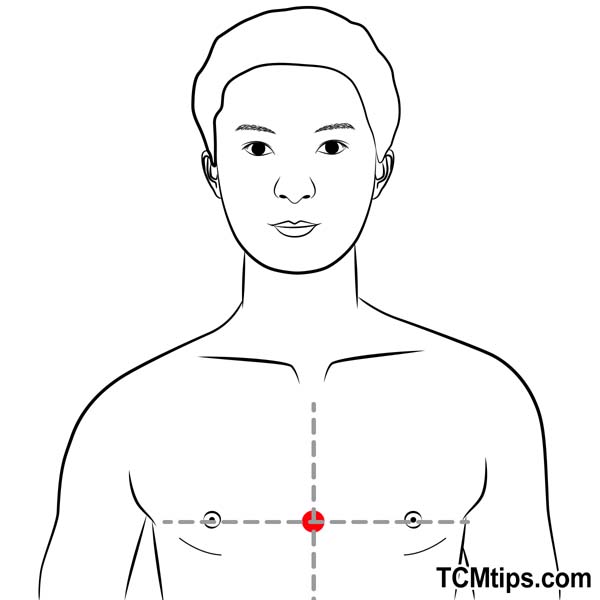
Ren-17 or Tanzhong is the right pressure point to calm a child who has lost appetite and make him/her eat again. It is located on the midline of your baby’s chest, towards the end of the chest, at the point between the two nipples.
Tanzhong’s location on the chest helps it function as an opener of the chest and overcomer of rebellious Lung Qi. This is why the acupoint is used to treat pains in the chest, asthma, in addition to reviving the appetite of babies. It is also part of the acupressure points to relieve anxiety attacks.
To unlock the benefits of Ren-17 for your baby, simply apply gentle pressure on the acupoint as your baby breathes.
Acupressure Points For Cough
Cough is another problem that will disturb your baby’s rest. Here are the relaxing pressure points for babies with cough:
Acupoint: LI-20 (Other Names: Large Intestine-20/Ying Xiang/Welcome Fragrance)
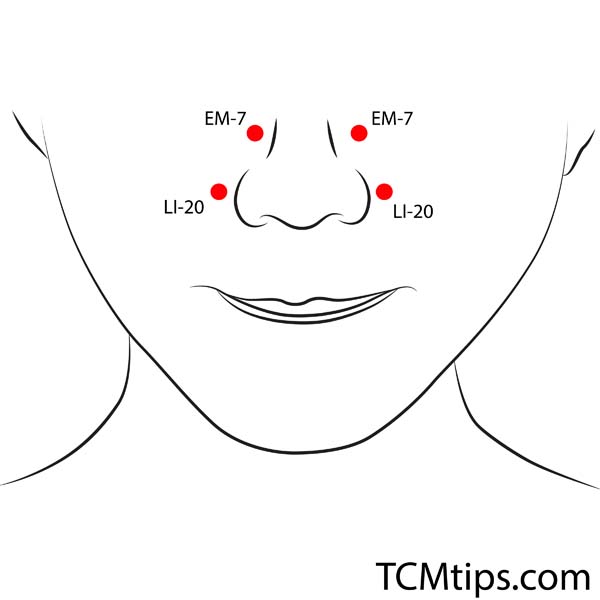
LI-20, Yingxiang, or Welcome Fragrance is the right pressure point your baby needs when he/she is coughing. This large intestine meridian acupoint is located at the groove beside both nostrils, at the midpoint of the outer border of the nostril.
The function of LI-20 in TCM is to open up the nasal passages, chase away wind, and clear the throat. This is why LI-20 is the perfect acupoint for your baby suffering from cough. All you have to do to resolve your baby from coughing is to use your pinky fingers to locate the pressure point on both sides of the nostril and apply gentle circular pressure.
You should also know that LI-20 is one of the acupressure points for sleep apnea.
Acupoint: LI-4 (Other Names: Large Intestine-4/He Gu/Joining Valley)
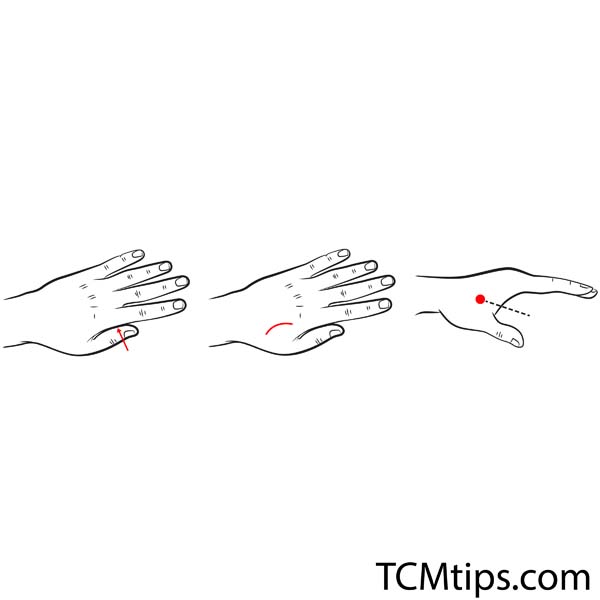
The next pressure points to calm a child with a cough is also a large intestine meridian acupoint – LI-4. Hegu, as it is called in Chines, is located at the fleshy depression that forms when you extend your baby’s thumb and first finger into a “V” shape.
Hegu is an important acupoint that not only stops cough in infants but also stops infantile convulsion, gastric pain, and constipation. It is also one of the acupressure points for depression. While this pressure point is good for babies, it also helps prevent the mother from catching a cold or is useful in treating the cold if the mother has already caught cold.
The best way to get the best of this acupoint is to warm it with a hairdryer before massaging it gently for several minutes in a circular motion.

Try our Anti-Aging Gua Sha Tool designed to bring out your skin’s natural glow.
Best Gua Sha Product- Anti-Aging: The tool is designed to target 11 specific aging signs such as wrinkles and sagging skin. By following the 7-step routine, users can improve skin firmness and reduce fine lines naturally.
- Enhances Skincare Routine: It works effectively with serums and lotions, boosting absorption and efficacy of skincare products.
- Visible Skin Improvement: Users can expect a smoother complexion, reduced puffiness, and a more youthful appearance.
 P. Sze
P. Sze 